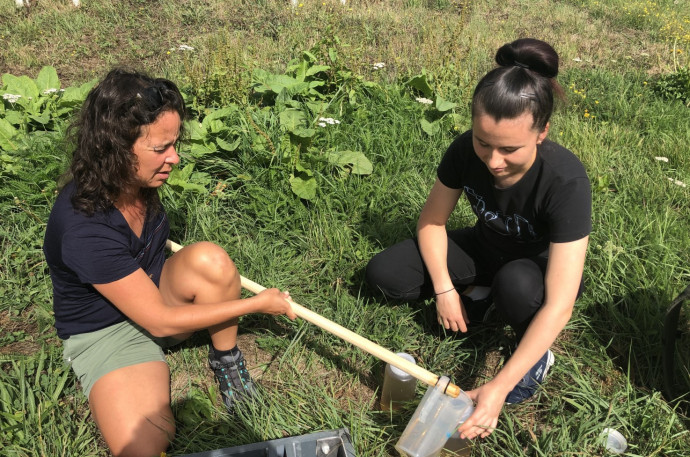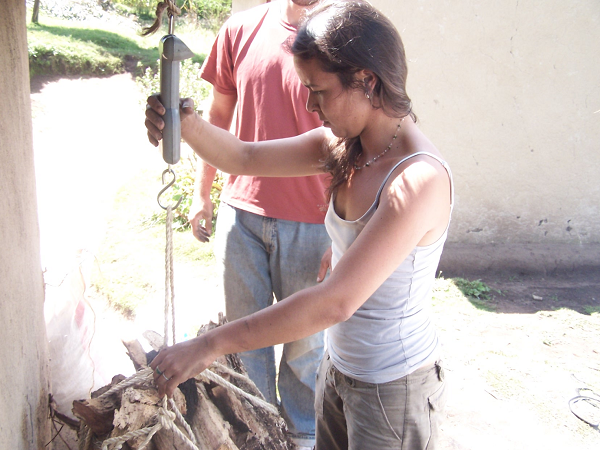Staying grounded: Retaining ammonia in agricultural soil to reduce greenhouse gases

Dr Dorisel Torres-Rojas from the University of Waikato will investigate a previously neglected pathway for ammonia retention in soils, with potential to improve soil fertility and reduce greenhouse gas emissions
Published on 3 Whiringa-ā-rangi November 2021
Ammonia-based fertilisers are the primary source of nitrogen in agriculture around the world. Some of this reactive nitrogen is transformed in soils and is made available to plants; however, excess nitrogen is leached or converted to gases, including ammonia. This is significant, as ammonia is a precursor of nitrous oxide – a potent greenhouse gas. Strategies to prevent and reduce ammonia emissions are urgently lacking.
Currently, the accepted pathway by which nitrogen is retained in soil is through transformation and retention of nitrogen from ammonia by soil microbes. However, Dr Torres-Rojas, along with a team of researchers from the University of Waikato and the United States of America, has been awarded a Marsden Fund Fast-Start grant to investigate an alternative non-microbial pathway by which ammonia could be incorporated into soil, thereby preventing its release into the atmosphere as ammonia.

Dr Dorisel Torres-Rojas sampling organic resources. Image: supplied
Dr Torres-Rojas previously described a novel pathway by which ammonia is bound to a particular type of organic matter, such as charcoal and soot – effectively removing reactive nitrogen from circulation. In this new approach, the research team will ascertain whether the same pathway exists in soil organic matter, which shows similar properties. They will carry out lab and field studies to determine whether soil organic matter has properties that can bind and stabilise ammonia, thereby acting as a long-term nitrogen sink. To do this, they will establish the capacity of soil organic matter to retain ammonia without the involvement of soil microbes and determine the mechanism by which this occurs, and what this interaction looks like under different environmental conditions. Finally, they will test whether soil organic matter could potentially reduce ammonia emissions in the field.
This research will provide insights into a different reaction mechanism between ammonia and soil organic matter. If ammonia can be retained via this alternative pathway, there is potential to use this interaction to improve nitrogen retention in soils and reduce the discharge of harmful nitrous oxide into Earth’s atmosphere.
